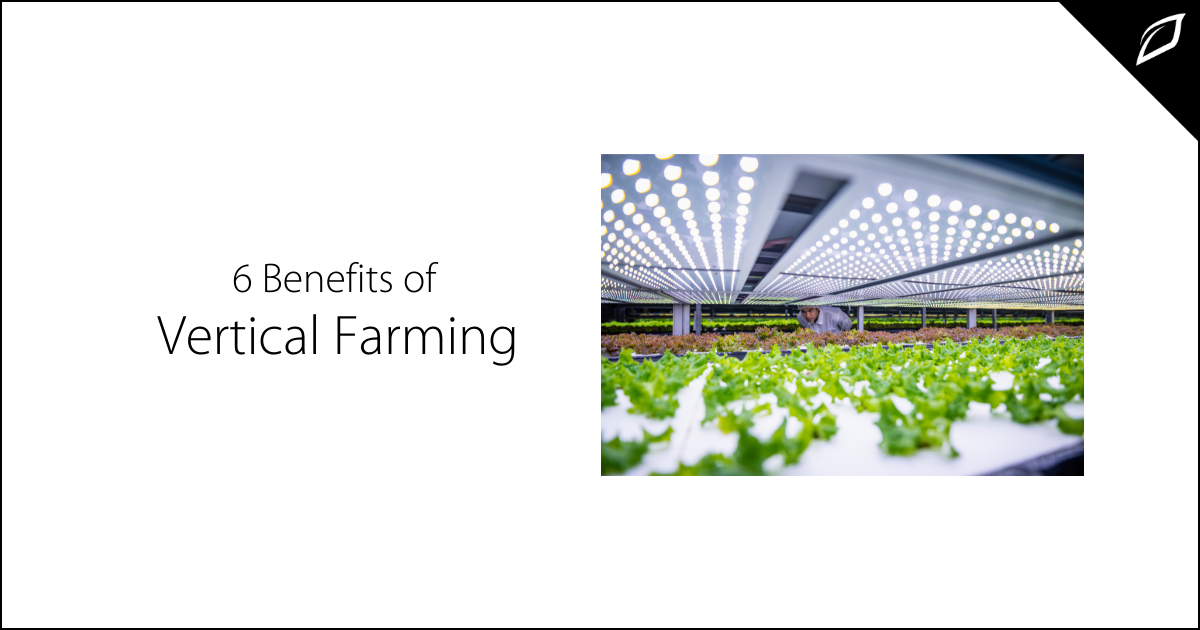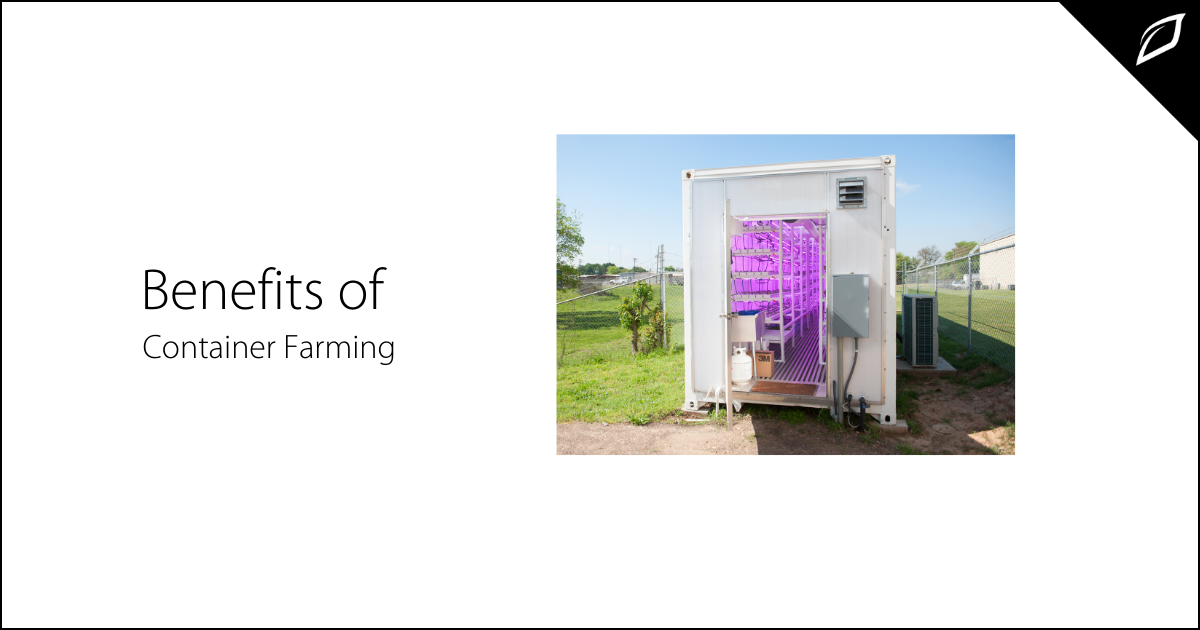Container Farming Basics
Despite a desire for locally grown produce, almost half of the fresh fruits and vegetables bought by American's last year were grown outside of the...
2 min read
Joy King : Jul 23, 2021 7:00:00 AM

Producing large quantities of quality crops year-round using advanced vertical farming methods is becoming increasingly popular. Whether it's in a container farm, indoor grow, or greenhouse, growing up instead of out is a viable option. Let's examine why vertical farming plays a considerable role in the future of global food production.
What is Vertical Farming?
Vertical farming is the method of growing crops in stacked layers. It incorporates controlled-environment agriculture, optimizes plant growth, and utilizes soilless farming techniques like hydroponics, aquaponics, or aeroponics. Let's check out the benefits of vertical farming.
Because it's not dependent on the weather, you can achieve consistent year-round crop production without the impact of adverse weather conditions.
Growing in a safe, climate-controlled environment allows for repeatable and programmable crop production. Technology allows automation to reduce harvest times and improve yield without compromising on flavor or quality.
Traditional farms need fertile arable land and a lot of it. Vertical farms can be designed and built in any climate or location - regardless of weather conditions or extreme temperature. Vertical growing allows you to achieve higher productivity in a relatively small space.
Depending on the crops you grow, one acre of a vertical farm could grow the equivalent of 10 to 20 soil-based acres.
Indoor farming can be more environmentally friendly since it reduces the amount of fossil fuels needed for farming equipment. And while energy bills can be high, solar can help mitigate these costs to the environment.
Vertical farming helps improve biodiversity because it does not cause a land surface disturbance, which helps the natural animal population which lives in and around farms to thrive.
If managed correctly and with the proper methods, growing crops in a vertical farm offer the opportunity to eliminate the need for pesticides. Pests cannot easily enter a controlled environment to cause infestations, and fungal diseases can't survive as humidity levels are managed.
Vertical farms, especially those that use hydroponics, use far less water than traditional farms as well. The water is recycled, and there is virtually no water wasted.
Growing crops closer to where customers live is a massive vertical farming benefit. It reduces transportation costs, CO2 emissions and reduces the need for refrigerated storage – making produce fresher and more profitable.
Fully automated indoor growing systems and greenhouses don't need huge amounts of manual labor to achieve successful year-round production. Obviously, you still need staff to conduct crop registration and ensure equipment is working properly, but you'll need far fewer people to manage the growing environment.


Despite a desire for locally grown produce, almost half of the fresh fruits and vegetables bought by American's last year were grown outside of the...

South of the North Carolina state capital of Raleigh is the small rural town of Clinton, N.C., the headquarters for Vertical Crop Consultants, or...

April 2016 marked the 60th anniversary of the first voyage of the Ideal X, the origin of modern container shipping. This expansion played a critical...